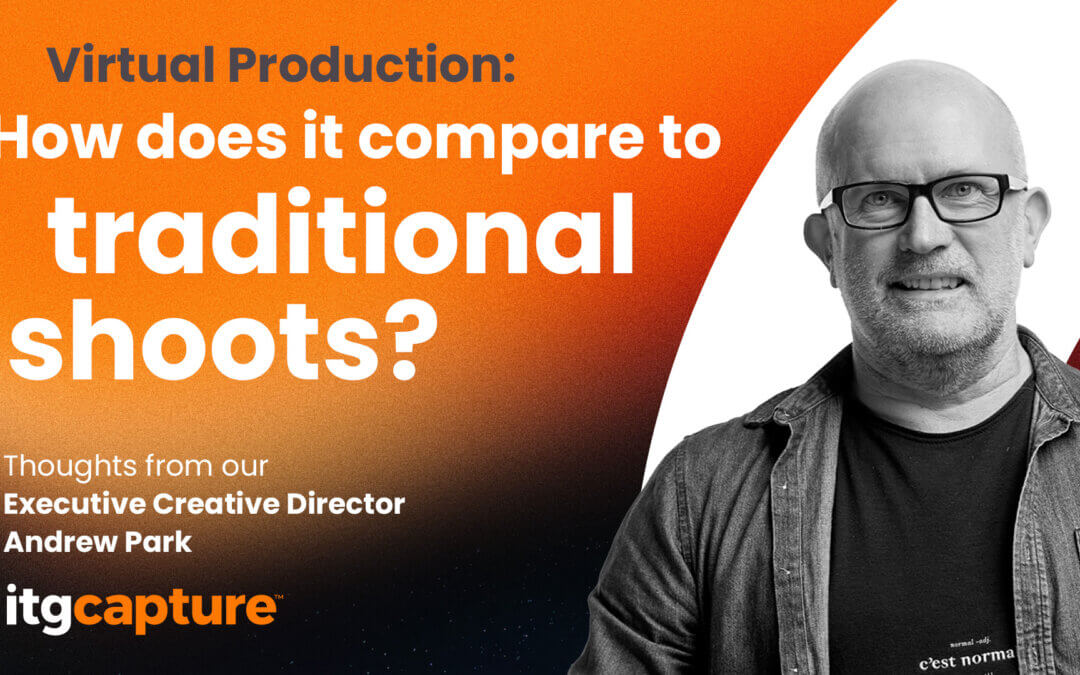In an Insta-first world, brands increasingly lead with their visual expression. One of the key challenges for Marketers in 2024 is striking a balance between aspiration and authenticity, the dream and reality.
One of the most subtle (or not) ways that this manifests itself is in the post-production of assets – specifically retouching.
What is acceptable to Photoshop out, and what isn’t? In the name of credibly making your product look incredible, is any alteration acceptable?
Instinctively, I want to answer ‘no’. Your product should appear in an image exactly how it shows up in real life. But even that isn’t realistic (let alone commercial).
When Dove first worked on the ‘Campaign for Real Beauty’, their legal team advised them not to claim their photography was untouched. The very process of getting an image off a camera, with some form of colour balance or curve applied at the point of shooting constituted manipulation – or so the lawyers said.
The next thing to consider is societal norms, particularly when looking at imagery to be used around the world. While a market like the UK will culturally favour real textures being seen in a person’s skin, showing pores, lines, and lumps and bumps, a market like Poland might see that as lacking in aspiration, diminishing in value the quality of any product being showcased. (This is not my subjective UK-centric view – I’ve seen qualitative and quantitative test results to prove it.)
For what it is worth, my personal standard for retouching people is as follows:
- It’s okay to change anything in post that you could have corrected in-camera if you’d noticed it in/at the time. This covers flyaway hair, unseemly creases to wardrobe, or flaws in the make-up application (like lipstick on teeth).
- It’s not okay to change what makes the person that person on an everyday basis. This means you shouldn’t eliminate grey hairs, ease-out lines or wrinkles, or remove moles or tattoos.
It’s important to hold yourself accountable on that last point. It’s too easy to conveniently talk yourself into justifying changes on an execution-by-execution basis.
Take, for example, a body care shoot one of my art directors managed some years ago, when the model had attended her first-ever roller disco lesson the evening before. Unfortunately, she was not a natural on skates, and arrived on set in her wardrobe of vest top and knickers, ready to apply shea butter cream to her bruise-covered legs. On that occasion, I argued it was acceptable to retouch out the bruises – they would have faded by the time post-production began – since they were not a ‘part’ of her. But the tattoo on her ankle had to stay, since that was.
So, my rules for retouching people are pretty straightforward. But for still life, and food in particular, it is much, much trickier. Every product is unique, and each element that makes up its uniqueness can react in unpredictable ways.
Take that old favourite of pizza advertising – the cheese pull. This is the moment when your perfect slice separates away from the rest of the pie with a moist (but not too runny) string of mozzarella keeping it tethered to the mothership. It is the single most important shot in any pizza ad – the final moment of anticipation before the first taste. In real life, the moment passes in an instant – more in imagination than reality. But in advertising, that one shot can live on forever.
Getting even close to a perfect cheese pull takes dozens of pizzas – hot out of the oven before they congeal, then discarded when something random like too many strings, or worse, too few, happens. But even when you’ve got the best result you can possibly achieve in the time you have allotted to it, it still won’t be ‘perfect’ because you are dealing with a level of subjectivity. Perfect wouldn’t be real. What you are looking for is idealised realism. And so, the retoucher gets rolled out to fix the problem (even when the problem is perfection).
My principles for still life retouching are similarly grounded to people photography:
- It is okay to change something that you could have achieved in-camera with either an infinite amount of time or a huge slice of luck. Don’t change the image in ways that would have been impossible to achieve on set.
- Make the product look as good as it can possibly be. Don’t make it look like something it never could be.
- And, as with anything that comes a little too easy, retouch in moderation.
The key to great photography is a great photographer. The key to great commercial photography is a great photographer coupled with a great retoucher. One who can accentuate the positives, rather than eliminate any subjective negatives.
At Team ITG, we are incredibly fortunate to work with some of the best. And to support our clients, we help build-in retouching standards as part of a modern brand guidelines pack. As a Marketer, if this isn’t something you’re already doing, maybe make it a New Year’s brand hi-resolution?
Ultimately, each brand needs to decide for itself how it wants to credibly show up. At Team ITG, when we develop photographic playbooks for clients, one of the key areas of consideration – alongside casting, lighting, and context – is developing a post-production manifesto.
Ready to give your marketing a boost with our innovative, end-to-end services? Fill in the form below, or contact hello@teamitg.com
Fill in the form and we’ll get back to you.










